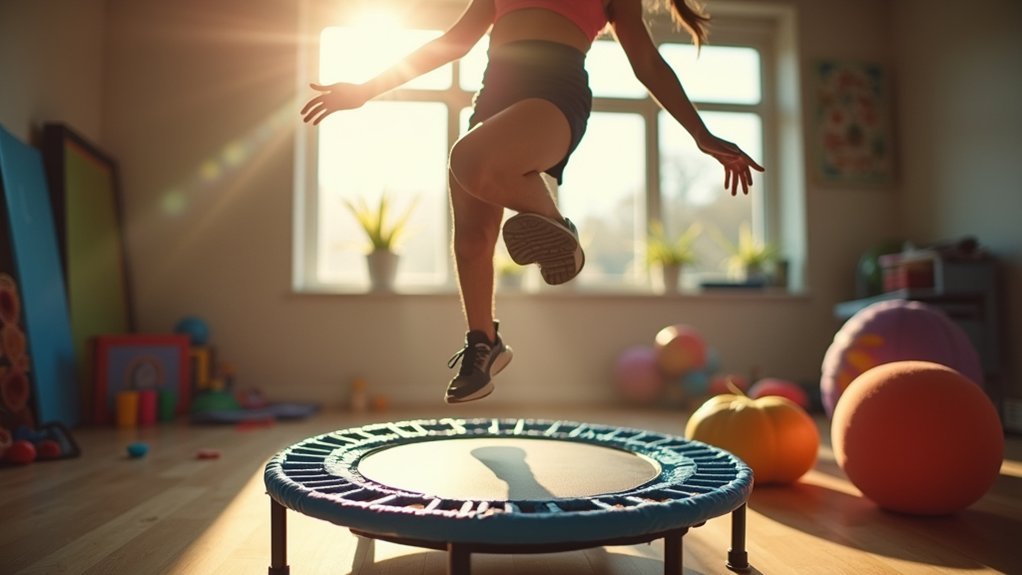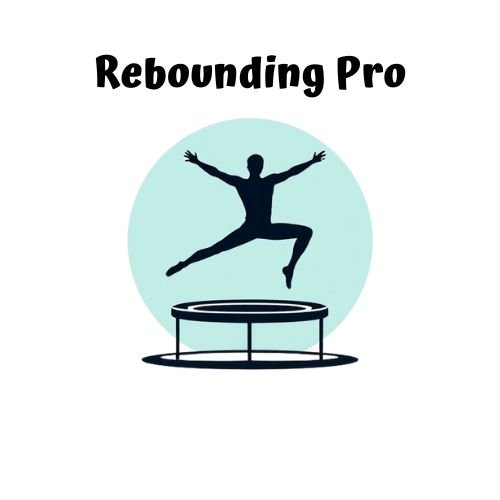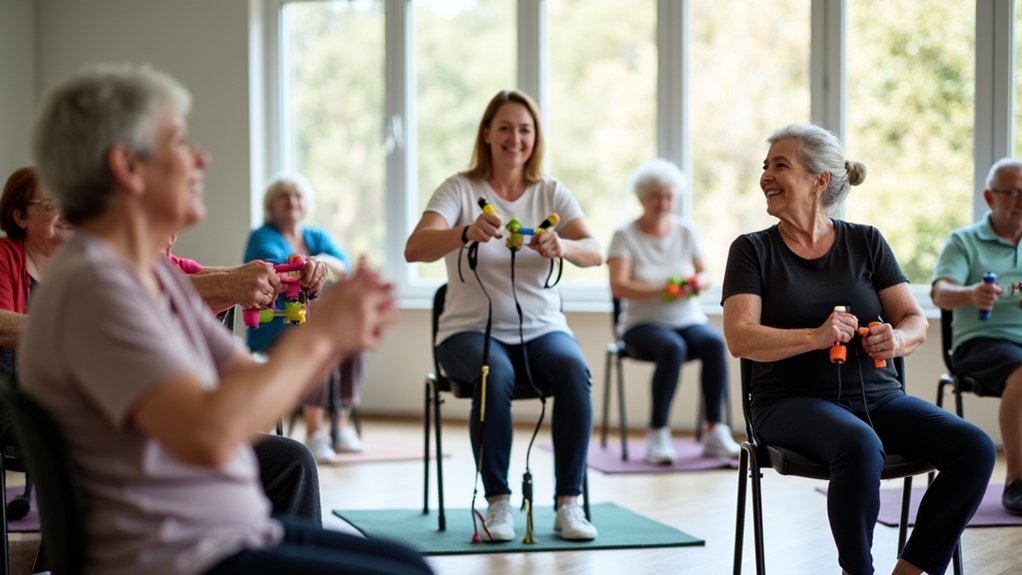Mini-trampolines boost your metabolism through three key mechanisms: the afterburn effect keeps your body burning calories for up to 48 hours post-workout; high-intensity interval rebounding triggers powerful hormonal responses that accelerate fat burning; and the full-body engagement activates multiple muscle groups simultaneously, maximizing calorie expenditure. Unlike traditional cardio, just 15-20 minutes on a mini-trampoline delivers comparable results to longer workouts, making it an exceptionally efficient way to transform your metabolic rate.
The Afterburn Effect: How Rebounding Extends Calorie Burn for Hours

When you finish a vigorous rebounding session, your body continues working long after you’ve stepped off the mini-trampoline. This phenomenon, known as excess post-exercise oxygen consumption (EPOC), keeps your metabolic rate elevated for 4–48 hours following your workout.
The dynamic bouncing movements create an oxygen debt your body must repay, burning an additional 6–15% calories beyond your actual workout. HIIT-style rebounding maximizes this afterburn effect—try 30-second sprint intervals to amplify results.
A 40-minute session that burns 405 calories directly can generate an extra 40–80 calories through EPOC.
The combination of eccentric and concentric muscle contractions during rebounding intensifies this metabolic boost. Your body fundamentally continues exercising while you’ve moved on with your day, making mini-trampoline workouts exceptionally efficient. NASA studies confirmed that rebounding provides greater biomechanical stimuli than running, enhancing this metabolic effect even further.
High-Intensity Rebounding: Maximizing Metabolic Impact in Minutes
Unlike traditional cardio that demands lengthy sessions, high-intensity rebounding transforms your metabolism in just minutes per day.
Those 30-60 second maximal effort bursts trigger EPOC, keeping your body burning calories long after you’ve stopped bouncing.
Your body shifts to anaerobic glycolysis during these sprints, rapidly depleting glycogen while stimulating growth hormone production for enhanced fat metabolism.
You’ll experience improved insulin sensitivity through GLUT4 translocation and accelerated lipolysis from catecholamine release.
Just 15-20 minutes matches the fat-burning effects of longer steady-state workouts.
For maximum results, try combining rebounding with strength training—30-second rebounds between resistance sets can increase muscle gains by 25% over 12 weeks while reducing visceral fat through controlled cortisol regulation. The ACE-sponsored research demonstrates that rebounding can help you burn calories 1.5x faster than traditional exercises like running or cycling.
Full-Body Engagement: Why Mini-Trampolines Activate More Muscle Groups

Mini-trampolines offer more than just metabolic boosts through high-intensity intervals—they transform your entire body into a calorie-burning machine by engaging multiple muscle groups simultaneously.
Each bounce activates your legs, core, arms, and shoulders while recruiting stabilizing muscles throughout your body.
When you jump, your lower body drives the movement while your core constantly engages to maintain balance. Your arms and shoulders join the party during pumping motions, increasing overall calorie expenditure. The recommended technique is to articulate toe to heel movement without excessive knee bending for optimal results.
Even micro-muscles in your ankles, feet, and hips work continuously to keep you stable.
Unlike isolated exercises, rebounding creates compound movements that combine squatting, pushing off, and core bracing in one fluid motion.
This thorough muscle recruitment sustains elevated calorie burning both during and after your workout.
Frequently Asked Questions
How Long Should Beginners Rebound to See Metabolic Improvements?
You’ll notice metabolic improvements with just 5-10 minute rebounding sessions initially. Start small and gradually increase frequency and duration as you adapt. Consistency matters more than length for beginners seeing results.
Can Mini-Trampolines Help Reduce Cellulite Through Metabolic Changes?
Yes, mini-trampolines can help reduce cellulite by boosting your metabolism, improving circulation, and toning muscles. You’ll see better results when you rebound consistently, as these metabolic changes gradually diminish cellulite’s appearance over time.
Are Mini-Trampolines Effective for Seniors Wanting to Boost Metabolism?
Yes, you’ll find mini-trampolines highly effective for boosting metabolism as a senior. They provide low-impact exercise that improves cardiovascular health while being gentle on your joints, making them ideal for your fitness goals.
How Does Rebounding Compare to HIIT for Long-Term Metabolic Health?
Rebounding offers sustainable, joint-friendly metabolic benefits you’ll maintain long-term, while HIIT delivers more intense, immediate results. Combining both gives you ideal metabolic health by balancing high-intensity work with lower-impact recovery.
Does Rebounding on Mini-Trampolines Affect Hormones That Regulate Metabolism?
Yes, rebounding affects your metabolism-regulating hormones. It can improve leptin and ghrelin balance, enhance insulin sensitivity, and potentially stimulate thyroid hormone production, though specific mini-trampoline research is still developing in this area.
In Summary
You’ve discovered the metabolic powerhouse that is rebounding. By incorporating mini-trampoline workouts into your routine, you’ll enjoy hours of post-exercise calorie burn, achieve maximum results in minimal time, and engage more muscle groups than traditional cardio. Don’t underestimate this compact fitness tool—it’s your secret weapon for boosting metabolism, improving energy levels, and transforming your body efficiently.





Leave a Reply